Many U.S. small businesses didn’t get a piece of the original financial assistance package from the first coronavirus relief bill (the CARES Act). The funding went quickly, leaving many of the country’s small business owners still struggling to stay afloat. As time passed and closure mandates began to loosen up, the uncertainty continued.
However, the federal government recently authorized additional financial relief to help the small businesses that form the backbone of the nation’s economy. Here’s some information about the new funding program to aid small businesses that became available during the week of April 27.
New funding
The new funding package is approximately $484 billion and focuses more closely on small businesses, after larger organizations took most of the last round of funding. The new money is set to replenish two of the existing funding programs as well as give financial assistance directly to hospitals and COVID-19 testing organizations.
The Paycheck Protection Program returns
The Paycheck Protection Program originally provided $350 billion to cover payroll and other small business costs. However, many larger businesses applied for loans before smaller businesses could submit their requests, and the money disappeared by April 16.
With the latest relief package, the Paycheck Protection Program now has an additional $310 billion. Small businesses that had previously applied and received confirmation from their lender will get priority for this new round of funding.
New applications had been on hold, according to the Small Business Administration (SBA), but once the new funding was signed into law, the application process reopened.
If you’ve already applied, check with your lender on the status of your application before applying again. Many lenders continued to process existing applications in anticipation of the new funding.
What small businesses can do
Getting all the required documentation together now can speed up the application process. Although the requirements are similar to those in the prior round of applications, there may be a few more additional qualifications to meet, in order to ensure fairness to small companies that are minority-owned or based in rural areas. This measure aims to stop large companies from taking the tens of millions they grabbed in the first round.
As before, up to 75 percent of the loan amount should be used primarily to cover employee pay. The remainder may be used for other business-related expenses, including mortgage interest payments, rent payments, utilities, and interest or debt that has accumulated since February 15.
Other funding options
You may also want to explore other funding options, including a traditional Small Business Administration (SBA) loan. Be aware, however, that many banks are overwhelmed with reviewing and processing applications for the Payroll Protection Program.
If you’re approved for a traditional SBA loan, you’ll be able to take advantage of loan payment suspension. The SBA Debt Relief program has automatically suspended payments for all current and new borrowers who have microloans and traditional SBA loans for six months, including principal, interest, and fees.
Also, the SBA will start accepting new applications for the Economic Injury Disaster Loan (EIDL) program. This loan program gives businesses access to grants of up to $10,000. It’s possible to apply for this as well as the Paycheck Protection Program. But if you receive funds under both programs, the funds must be used for different purposes.
The Employee Retention Credit
The Employee Retention Credit launched on March 31. This is a refundable tax credit designed to help businesses keep their employees on the payroll. The tax credit applies to 50 percent of wages for each employee, up to $10,000, if a business has been affected by the COVID-19 pandemic.
To qualify, a business must either be fully or partially suspended due to the government order, or be making less than 50 percent of comparable quarterly earnings. However, the Employee Retention Credit cannot be used along with the Payroll Protection Program.
Assistance for freelancers and gig workers
At this time, anyone who fits the description of an independent contractor, including gig workers and freelancers, may apply for unemployment benefits. Some may also qualify for the new funding for the Payroll Protection Program.
Beyond federal government assistance
There are many other funding or relief options provided by state, federal, nonprofit, and for-profit organizations. These options include local and private grants, crowdfunding campaigns, and small business relief funds.
A race against the clock
Small businesses need to be proactive to get their fair share of this next round of funding, and pursue the new microloan funds and financial assistance geared toward them. The new funding could go just as quickly as the last round, which barely lasted two weeks.































































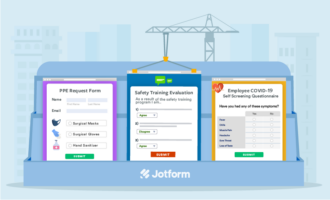




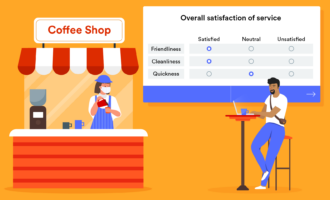




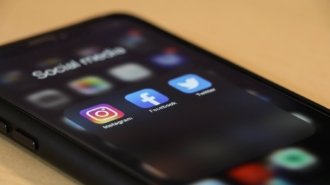





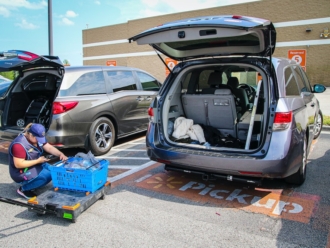
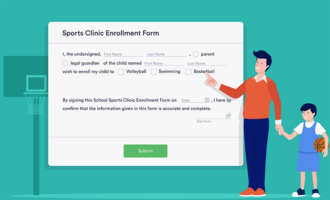










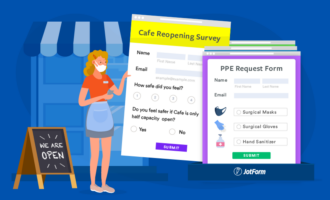

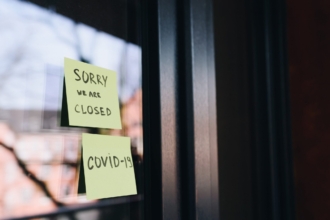

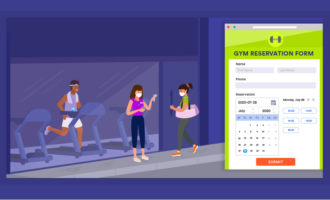
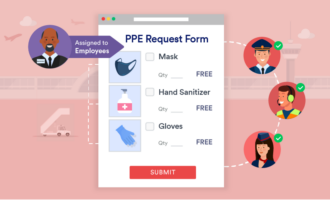
Send Comment: